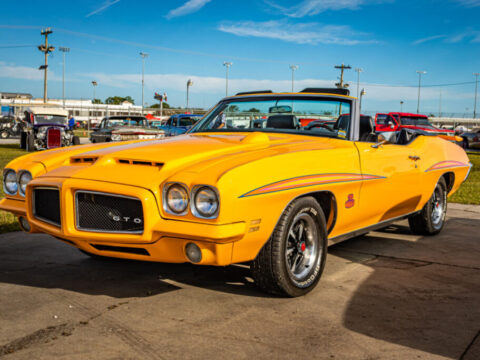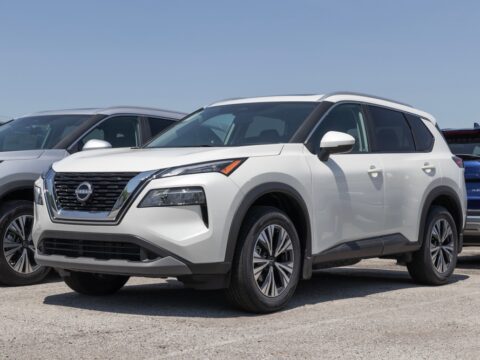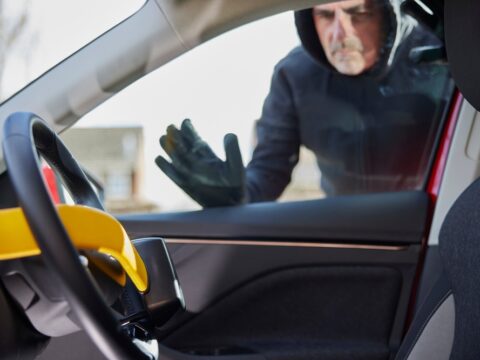Not every classic sports car lives up to the thrill it promises. While some vehicles are remembered for their speed and innovation, others look great but fall short when it comes to performance, handling, or reliability. In this list, we’ll take a look at 25 classic sports cars that, despite high hopes, just didn’t meet expectations.
Contents
DeLorean DMC-12
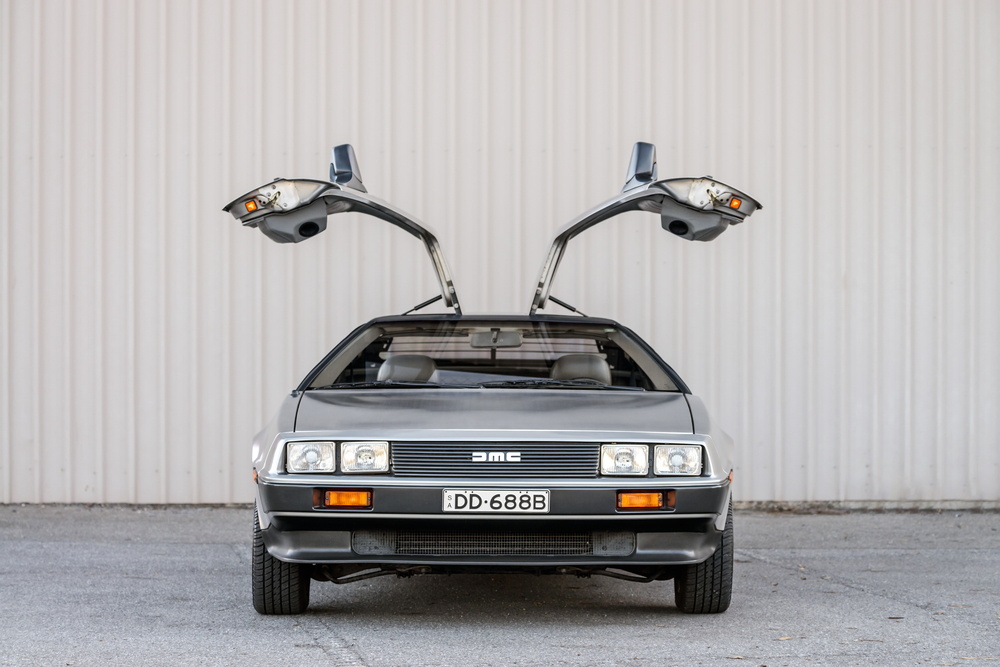
The DeLorean DMC-12 may have gained fame from “Back to the Future,” but its performance was far from futuristic. Powered by a modest 130-horsepower V6 engine, the car struggled with sluggish acceleration and handling that didn’t match its exotic looks. Its heavy stainless-steel body further hindered performance, leaving many buyers disappointed with its driving dynamics.
Ferrari Mondial 8
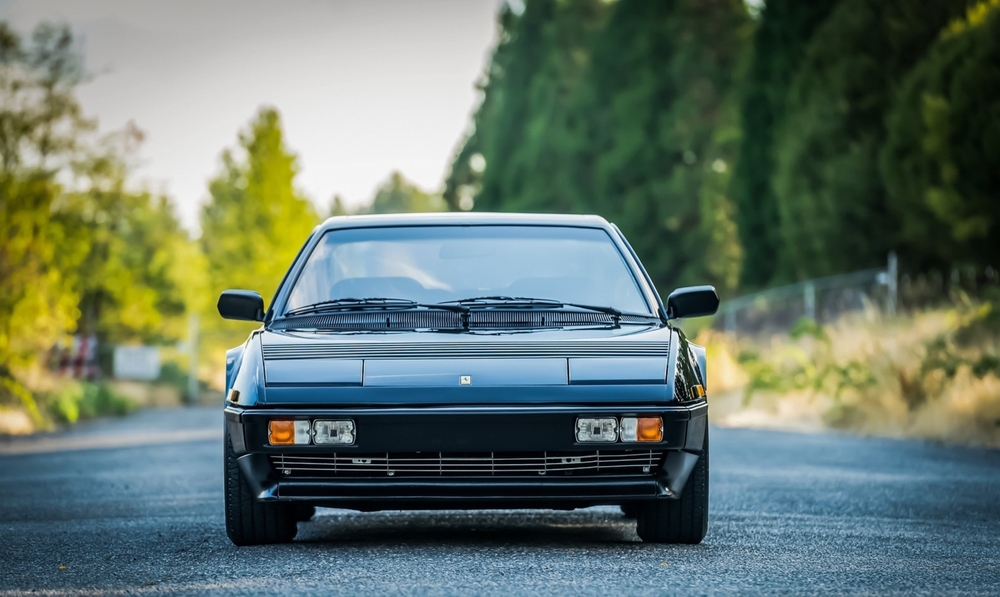
As a Ferrari, the Mondial 8 had big shoes to fill, but it fell short in nearly every category. Its 214-horsepower V8 engine offered underwhelming acceleration, especially when compared to its Ferrari counterparts. The Mondial’s awkward proportions and reliability issues made it one of the least-loved Ferraris, despite its affordable entry price into the brand.
Jaguar XJ220
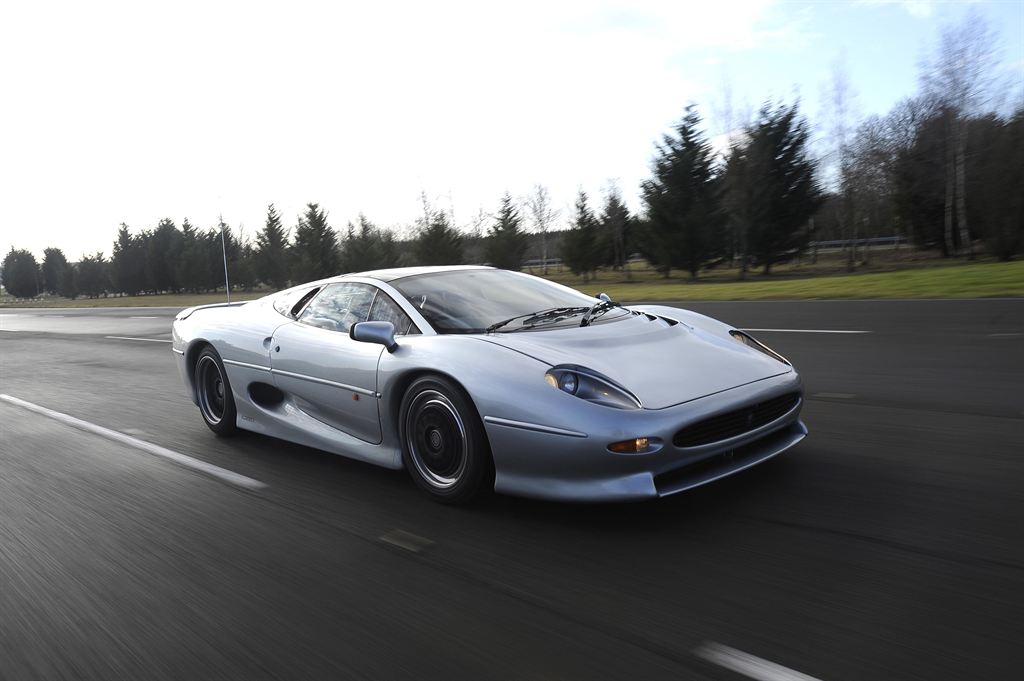
Initially promised with a V12 engine and all-wheel drive, the Jaguar XJ220 disappointed when it was released with a twin-turbocharged V6 and rear-wheel drive instead. Although it boasted an impressive top speed, production delays, high costs, and the switch in specifications made many feel let down by this once highly anticipated supercar.
Porsche 914
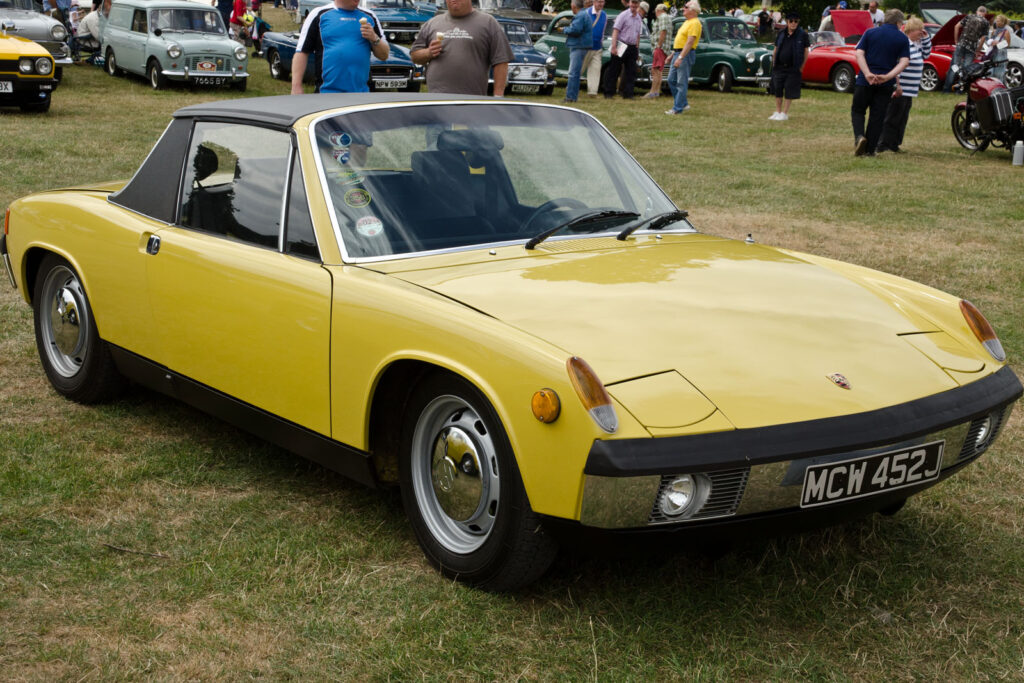
Co-developed by Porsche and Volkswagen, the 914 didn’t live up to Porsche’s performance standards. Its four-cylinder engine, shared with VW, offered minimal power, and its boxy design divided fans. Though it was a nimble car, it wasn’t what people expected from the Porsche name, especially considering the brand’s racing pedigree.
Maserati Biturbo
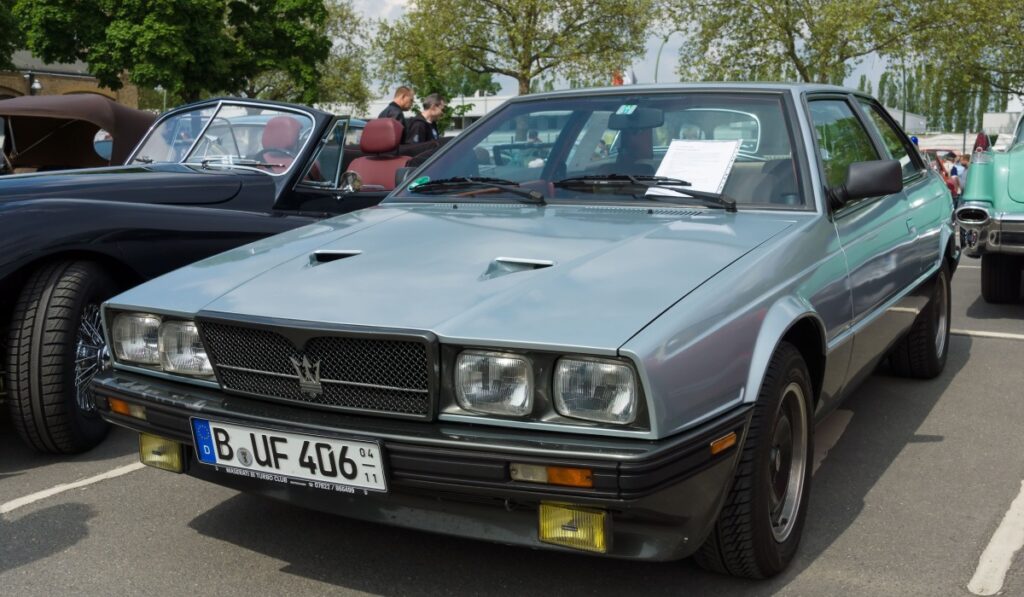
Maserati’s Biturbo promised Italian luxury and performance, but it was plagued with reliability issues. The twin-turbocharged V6 was quick on paper, but frequent breakdowns, poor build quality, and electrical gremlins made it a disappointment for many buyers, severely damaging Maserati’s reputation during the 1980s.
Chevrolet Corvette (1984 C4)
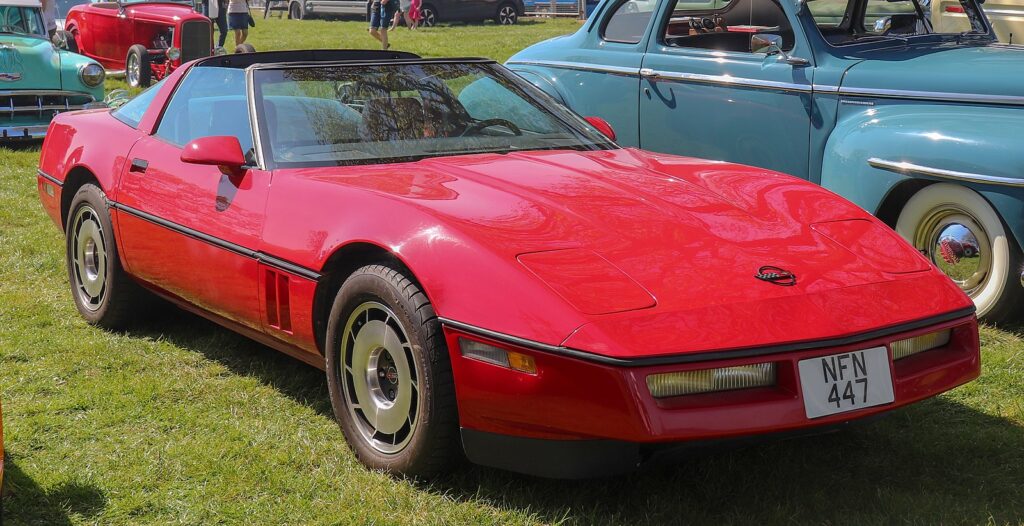
The 1984 C4 Corvette was hyped as a technological leap forward, but its 205-horsepower engine was underwhelming for a car marketed as a top-tier American sports car. Poor suspension tuning made the car difficult to handle at high speeds, and early models suffered from various quality control issues, tarnishing its reputation.
Aston Martin Lagonda
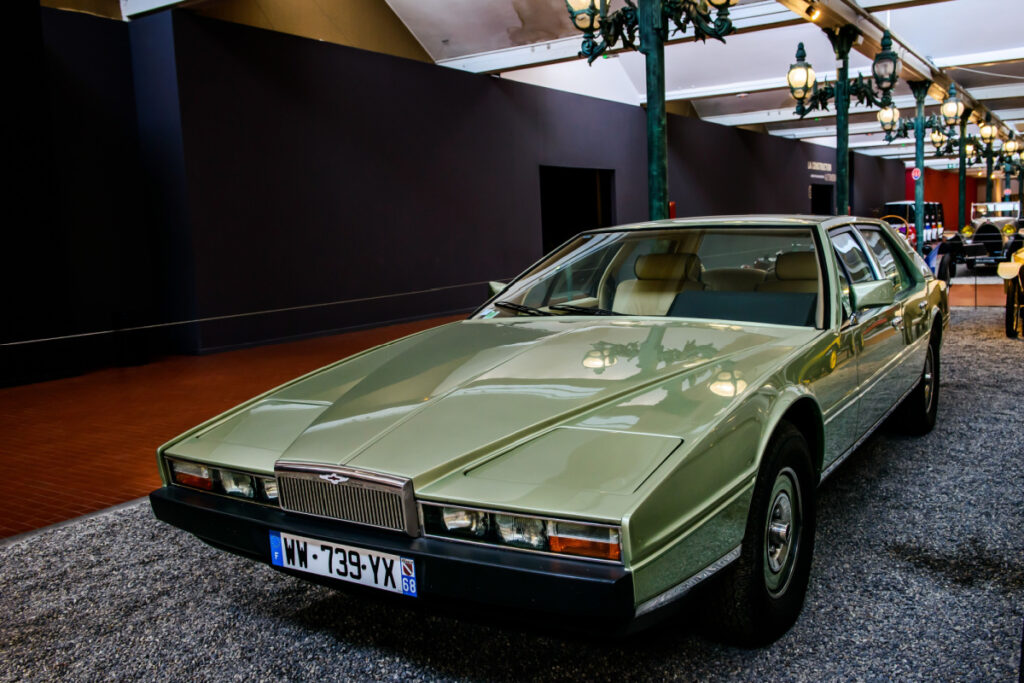
The Aston Martin Lagonda was a technological marvel on paper, with futuristic digital displays and advanced electronics for its time. However, these same electronics were riddled with reliability issues. Combined with its oddball design and poor performance for a luxury car, the Lagonda left much to be desired.
Lotus Esprit Turbo
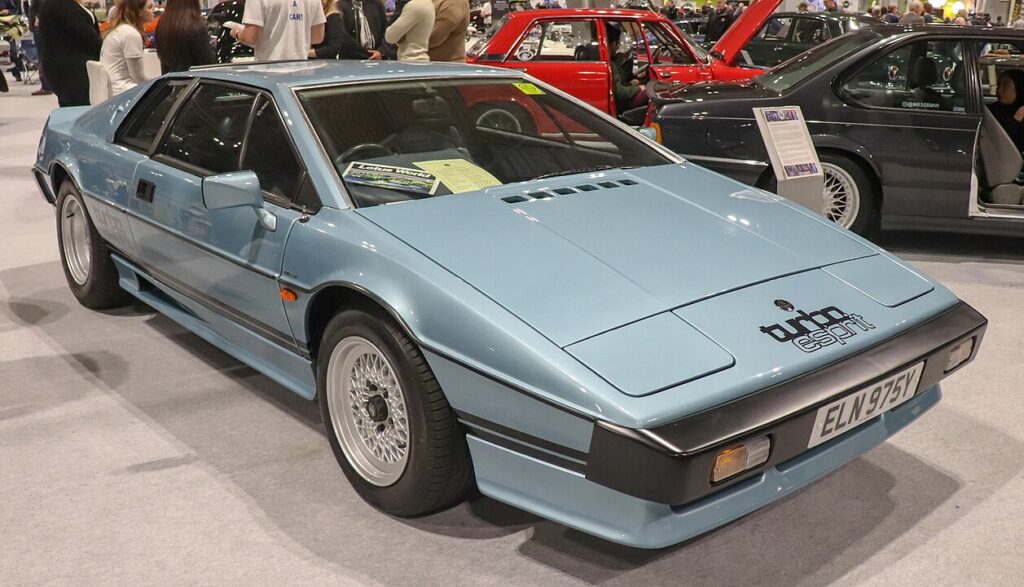
The Lotus Esprit Turbo was an ambitious sports car that promised exotic performance, but it often struggled with reliability. Although lightweight and quick in a straight line, its build quality was subpar, and frequent mechanical issues frustrated owners. While it looked the part of a supercar, it failed to live up to the promise.
Pontiac Fiero
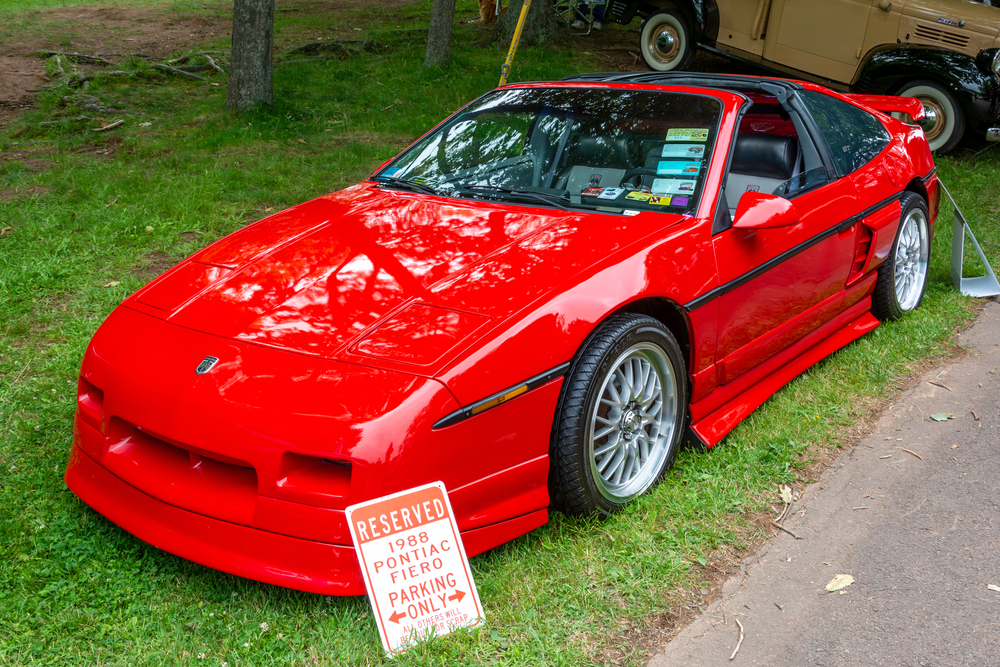
The Pontiac Fiero was meant to be an affordable, mid-engine sports car, but it quickly became notorious for engine fires and poor reliability. Early models had underpowered engines, and while later versions improved performance, the damage to its reputation had already been done, making it a letdown for many enthusiasts.
BMW M1
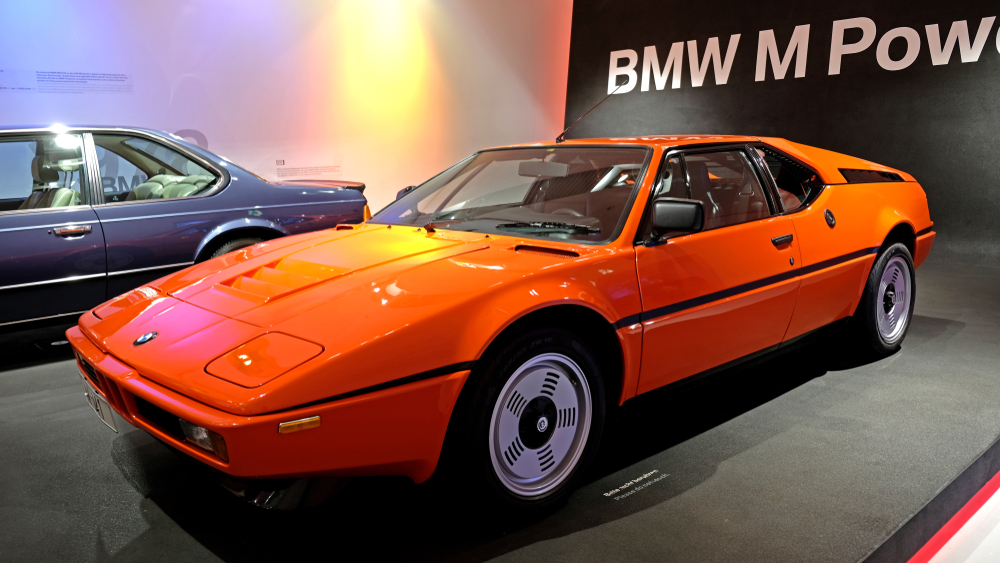
Despite its sleek design and mid-engine layout, the BMW M1 never quite lived up to its potential. Intended as a supercar, production delays and regulatory hurdles meant that by the time it hit the market, it was already outdated. It was also too expensive and rare to become a mainstream success, leaving it more of a curiosity than a performance icon.
Alfa Romeo Montreal

The Alfa Romeo Montreal looked like an Italian exotic but didn’t offer the performance to match. Its 2.6-liter V8 engine, while advanced, was underpowered for its time, and the car suffered from reliability issues and handling quirks. Despite its striking design, the Montreal failed to live up to its supercar looks.
Ford Mustang II
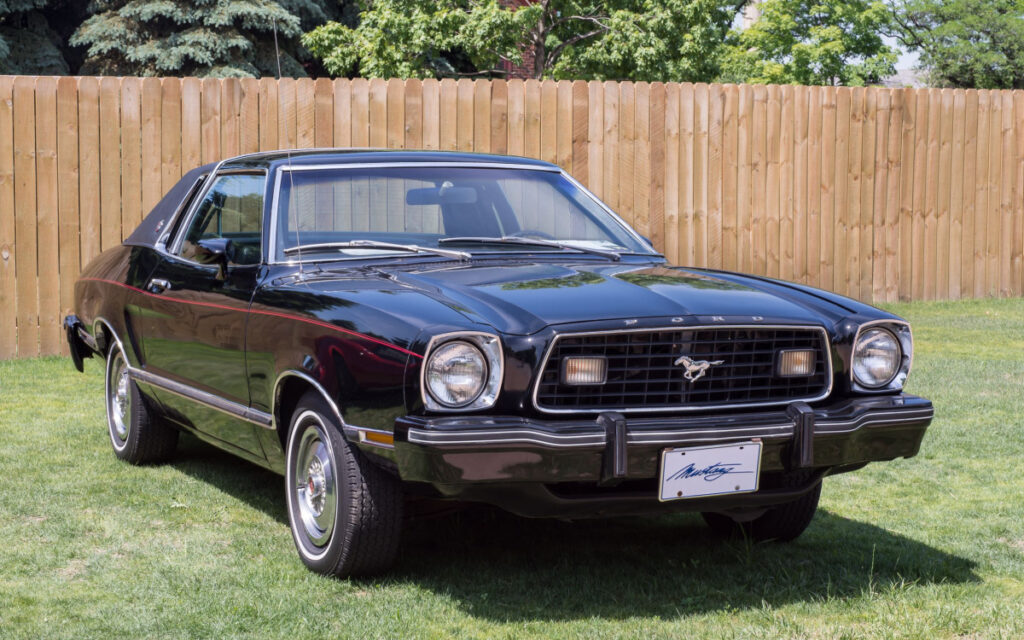
The Ford Mustang II, released during the 1970s oil crisis, was a far cry from the muscle car roots of its predecessors. Smaller and powered by lackluster engines, including a V6 option, it lacked the power and performance Mustang fans craved, leading to its reputation as one of the least-loved Mustangs.
Triumph TR7
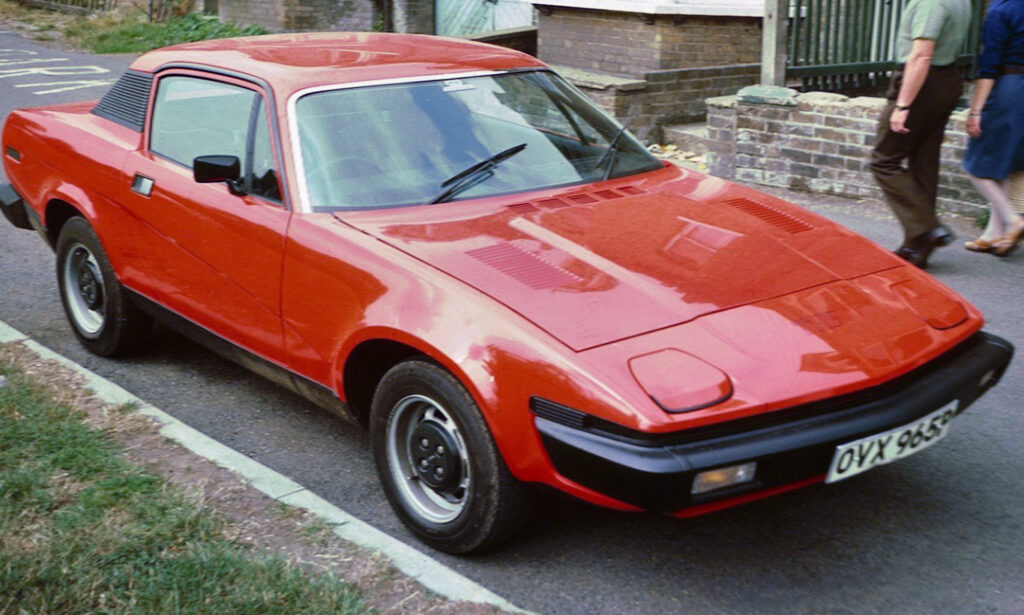
The Triumph TR7’s wedge-shaped design divided opinions, but its performance was even more disappointing. With just 105 horsepower in early models, it was underpowered and prone to mechanical problems. Build quality issues, combined with poor reliability, made it a sports car that failed to inspire passion among drivers.
Bricklin SV-1

The Bricklin SV-1 was an ambitious attempt at creating a safe, performance-oriented sports car, but it quickly became known for poor build quality and reliability issues. Its heavy body and mediocre V8 engine left it underwhelming in terms of performance, making it a commercial failure.
Nissan 300ZX (Z32)
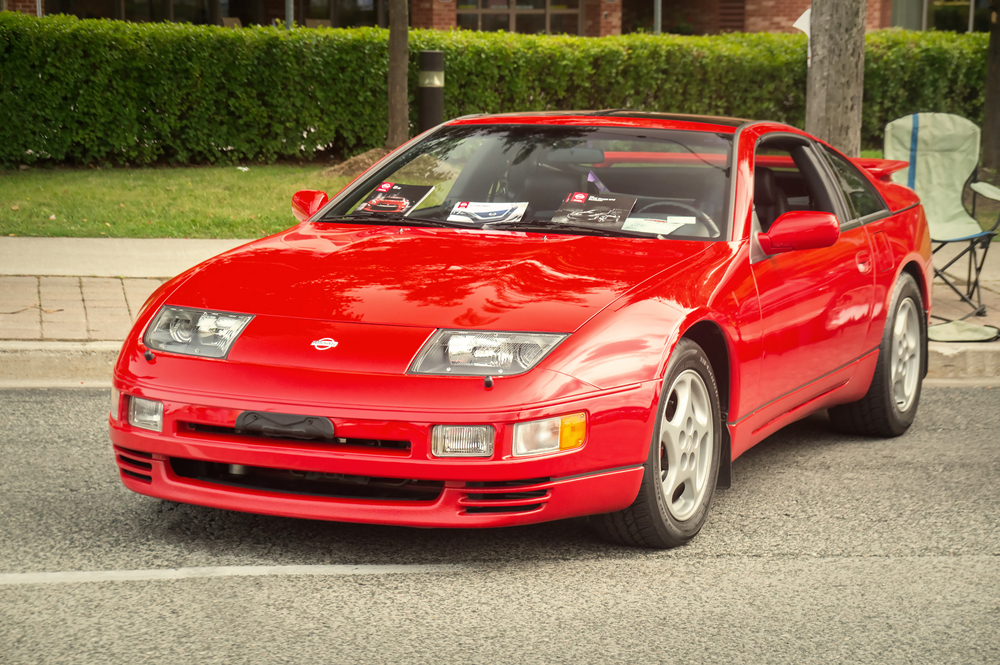
While the Nissan 300ZX had a cult following, the Z32 version introduced in the early 90s was criticized for its complexity and weight. The twin-turbo version was powerful, but it was also prone to expensive maintenance and repair issues, leading many enthusiasts to feel it didn’t live up to its potential.
Jaguar E-Type Series 3 V12
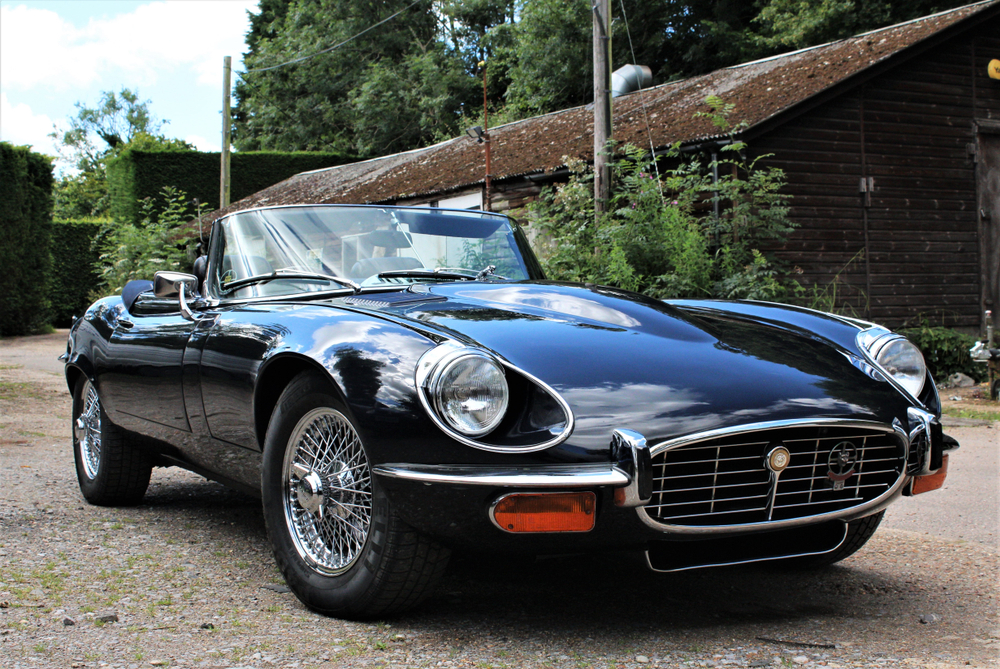
The Jaguar E-Type Series 3, with its massive V12 engine, should have been the pinnacle of British sports car engineering. However, the added weight, reduced agility, and lack of refinement made it less desirable than the earlier, more nimble six-cylinder versions. It’s considered the least impressive of the E-Type lineage.
Mazda RX-8
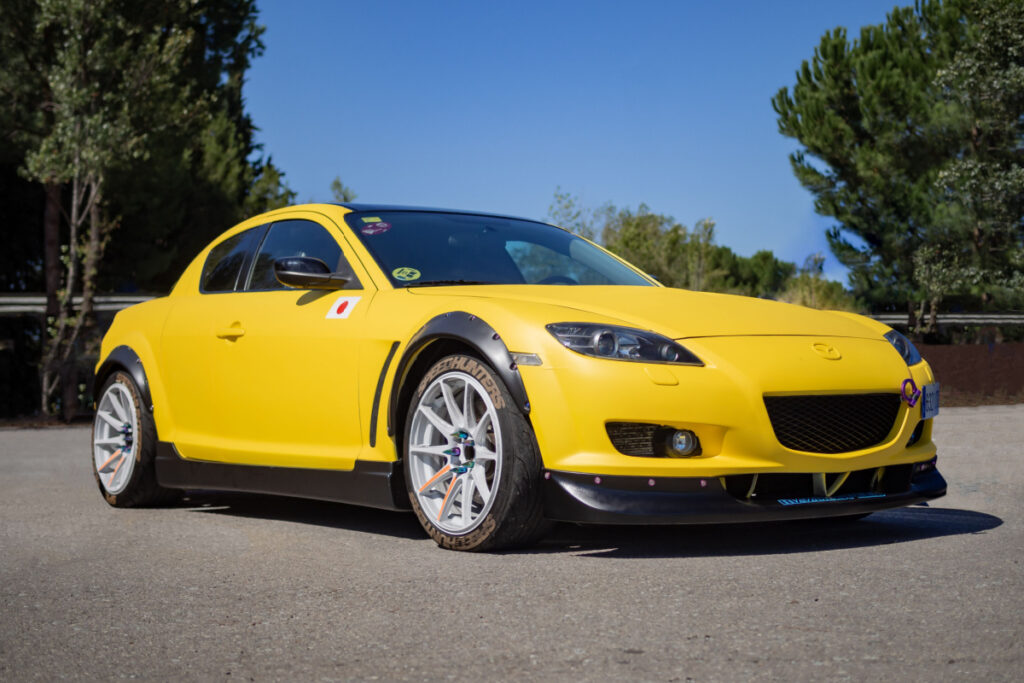
Mazda’s RX-8, with its rotary engine, was an exciting concept, but it suffered from poor reliability, high fuel consumption, and oil-burning issues. While its handling was sharp and its styling attractive, the engine’s tendency to fail prematurely led to disappointment among many buyers.
Lamborghini Jalpa
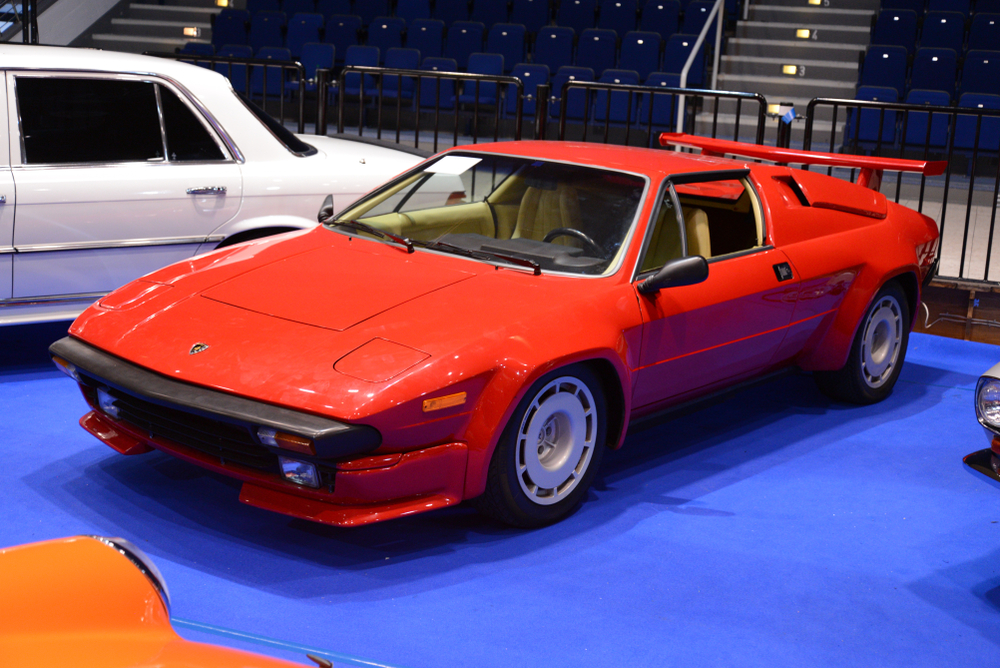
The Lamborghini Jalpa was intended to be a more affordable entry-level Lamborghini, but it lacked the performance and excitement of its bigger siblings. Powered by a 3.5-liter V8, it was slower than expected and suffered from reliability problems, making it a forgettable chapter in Lamborghini’s history.
Saab Sonett III
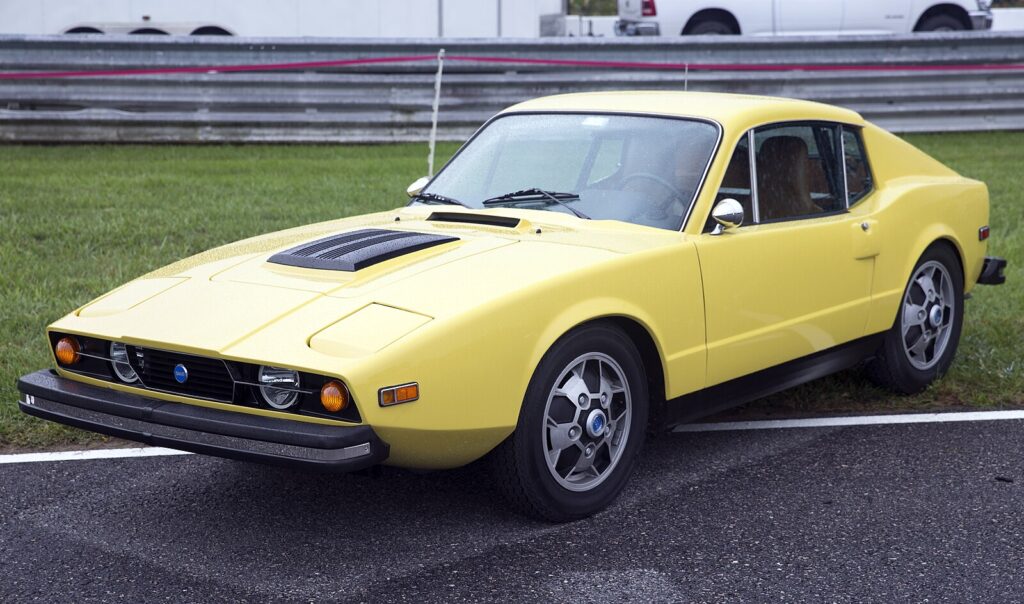
The Saab Sonett III was quirky and unique, but its 1.7-liter V4 engine was underwhelming for a sports car, and it failed to deliver exciting performance. Despite its lightweight construction, it was more of an oddball than a serious contender in the sports car market, leaving it a disappointment for many enthusiasts.
TVR Cerbera

The TVR Cerbera promised blistering speed and an aggressive design, but its reputation was marred by frequent mechanical failures and questionable build quality. The car was notoriously difficult to handle at high speeds, and its poor reliability made it a tough sell for those expecting a high-performance sports car.
Fiat X1/9
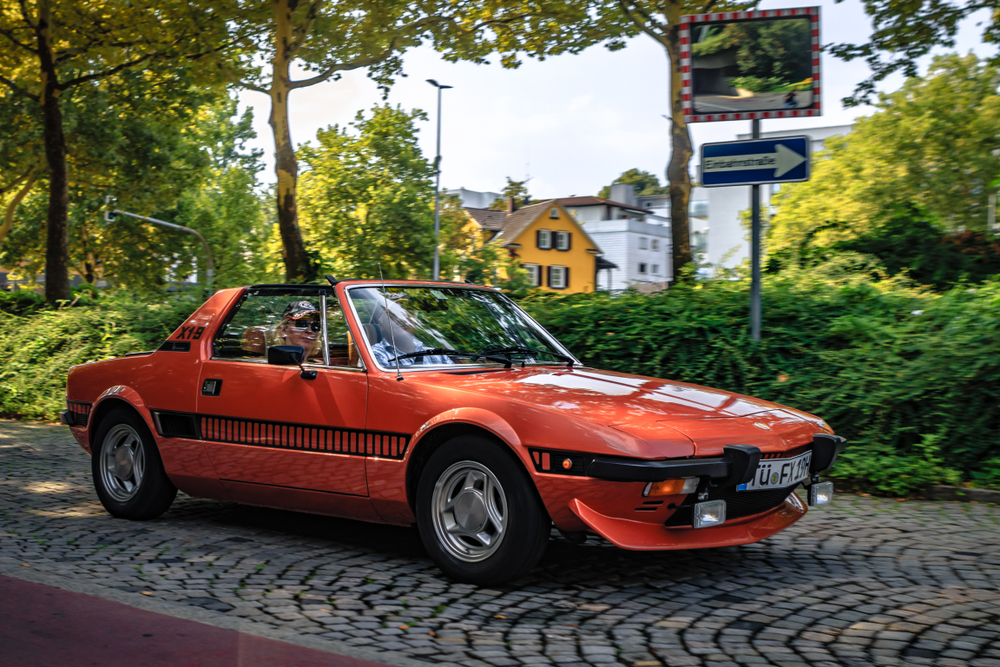
The Fiat X1/9 was a mid-engine, lightweight sports car that promised handling prowess, but its underpowered engine left drivers wanting more. Although fun in the corners, its lack of straight-line speed and frequent mechanical issues made it a disappointment for those expecting more excitement.
Lotus Elite (1974-1982)

The second-generation Lotus Elite was designed as a luxurious sports car, but its unusual shooting-brake design and underwhelming performance didn’t live up to Lotus’s lightweight, high-performance reputation. Build quality and reliability issues further diminished its appeal.
Sunbeam Tiger
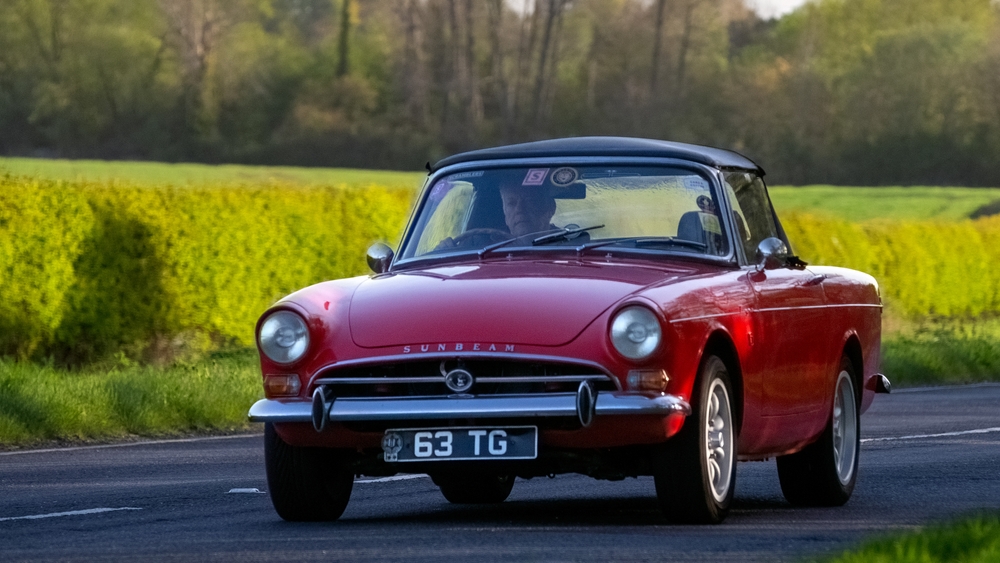
The Sunbeam Tiger was designed to be a powerful British roadster, but handling issues and questionable build quality left it falling short of expectations. Despite its Ford V8 engine, it lacked the refinement and agility to compete with other sports cars of its time.
Dodge Charger Daytona (1970)
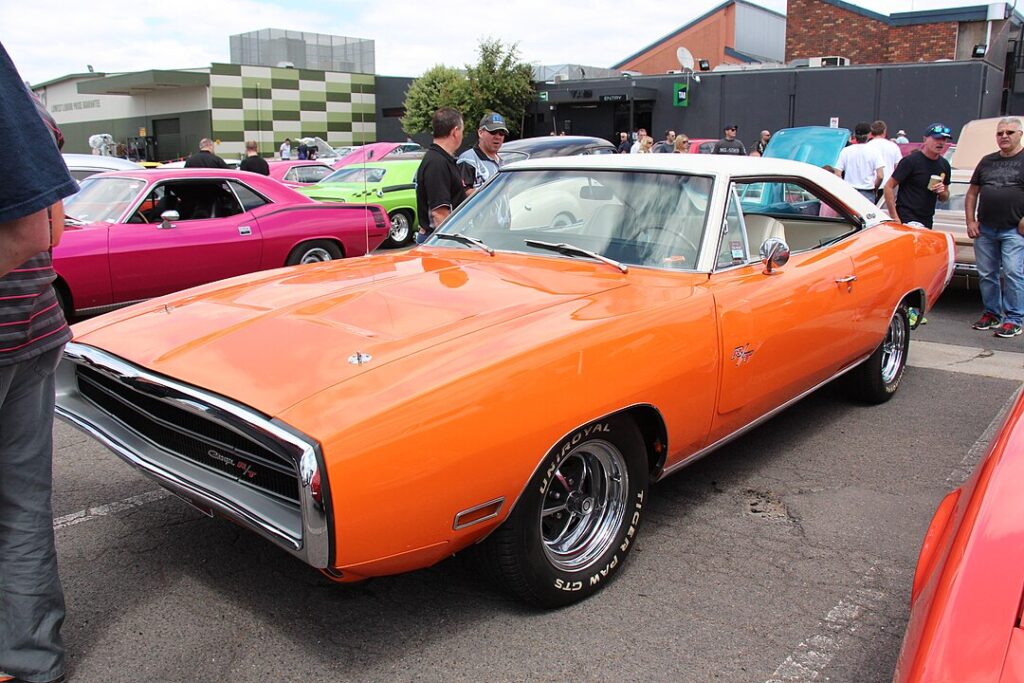
While the Dodge Charger Daytona looked fast and dominated NASCAR, the street version was less impressive. The car’s heavy body and large engine led to cumbersome handling, and its extreme aerodynamics made it impractical for everyday driving, leaving some buyers underwhelmed by its real-world performance.
Peugeot 205 Turbo 16
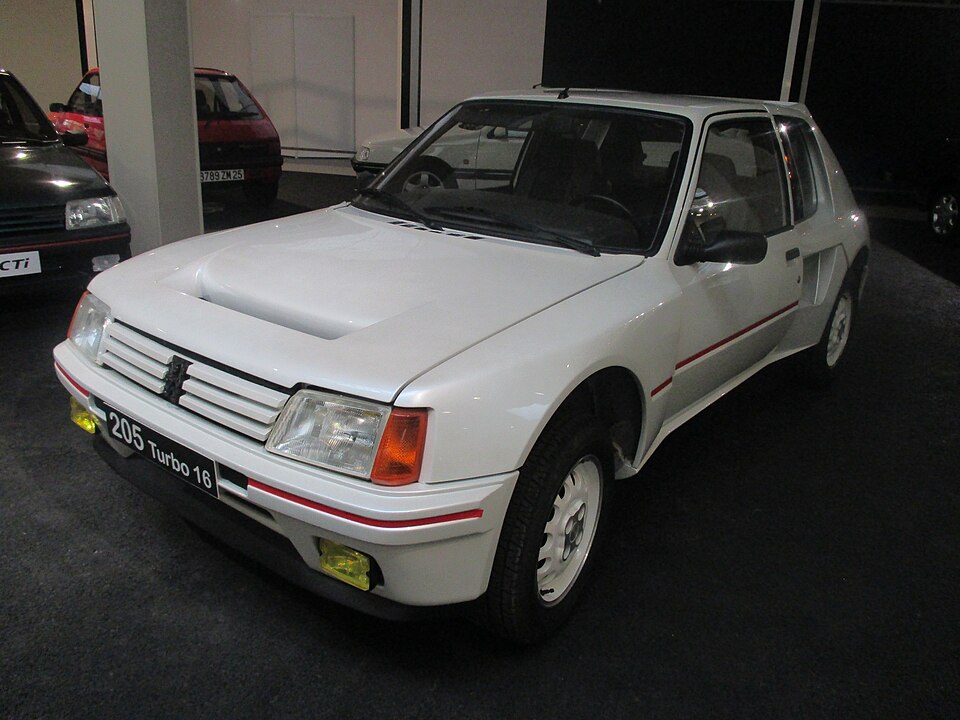
The Peugeot 205 Turbo 16 was born from rally racing, but the road version failed to capture the same spirit. Its complex turbocharged engine was difficult to maintain, and its price tag was far higher than other hot hatches of the time, making it inaccessible for the average buyer despite its promising origins.
This article originally appeared in MyCarMakesNoise.
More from MyCarMakesNoise
14 Forgotten Classic Trucks Worth Revisiting

In the world of classic trucks, some models have faded from the spotlight but still hold a special charm. These forgotten gems offer unique designs, robust performance, and a nostalgic appeal that’s hard to resist. Read More
8 Rare Electric Vehicles from the Early 2000s

Exploring the early 2000s reveals a fascinating era of electric vehicle innovation. During this time, many automakers experimented with electric power, creating unique and rare models that paved the way for today’s EV advancements. Read More
20 Timeless JDM Cars Every Enthusiast Dreams of Owning
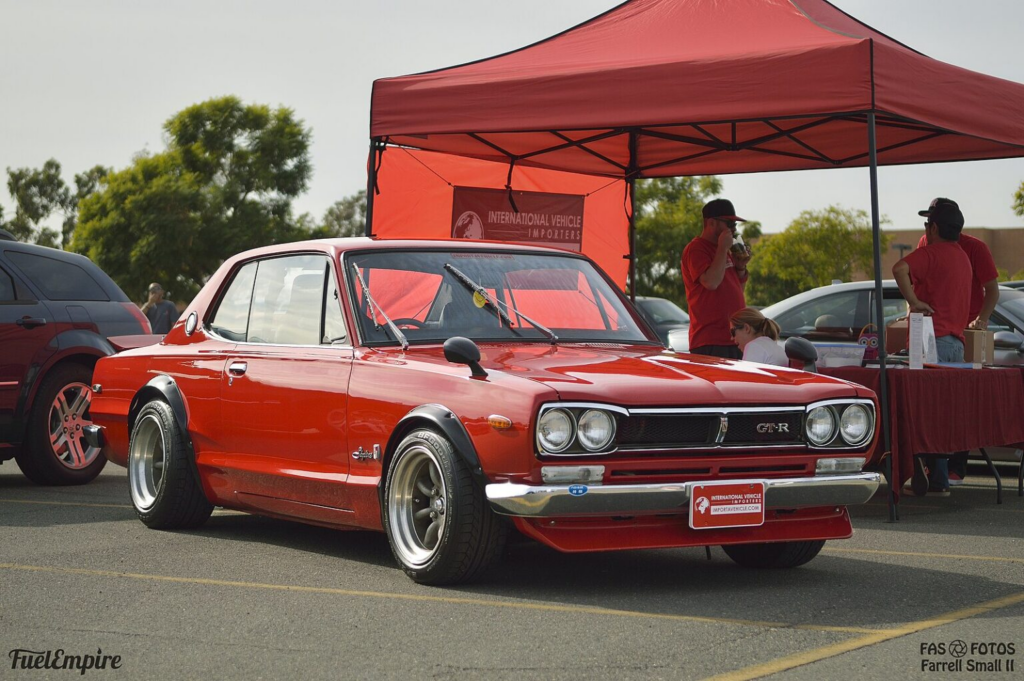
Vintage JDM (Japanese Domestic Market) cars have a unique charm and timeless appeal. Known for their style, performance, and innovation, these classic Japanese cars have captured the hearts of car enthusiasts worldwide. Read More

